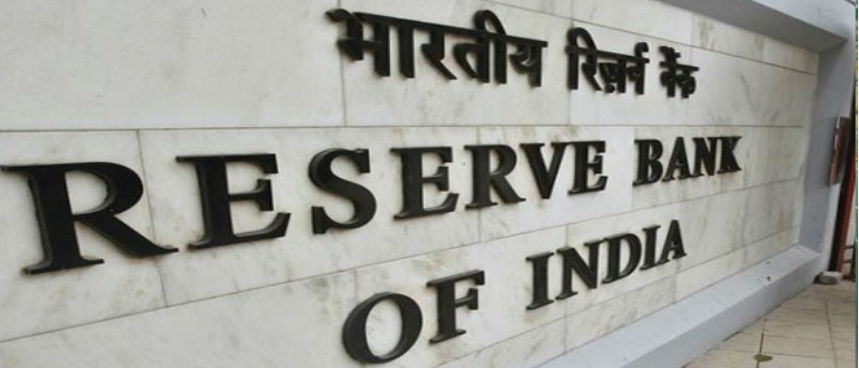The Reserve Bank of India (RBI) move to reduce the repo rate by 25 basis points, while urging banks to pass on the benefits to home buyers. The further growth of the economy will positively impact demand in the housing segment and the overall real estate sector.
RBI reduces the repo rate by 0.25 per cent to 6.25 per cent, in view of the slowing growth rate. Now, banks have to be active in passing it to the consumers so that people, especially the home buyers, benefit from the interest rate cut. This repo rate is good news for home buyers as EMI’s are expected to go down. Banks are expected to pass on the rate cut benefits to their customers by offering home loan and vehicle loan at cheaper rates. Soon the 7th pay commission will also be reality and such moves will boost confidence of home buyers. At this time when developers are coming up with many offers and discount, this will also push sentiments of home buyers. Housing is need an every person and when it comes on low interest rate or EMI then it works a s positive multiplier for a home buyers to finalize their deal. Hope banks will also pass the benefits to home buyers quickly.
If you have taken a home loan to fund your home purchase, repo rate is a term you must know, for it has a direct impact on the equated monthly instalments (EMIs) that you pay.
Repo Rate
A country’s central bank, the Reserve Bank of India (RBI) in India’s case, is responsible for the financial health of a system; it has to maintain an optimum level of liquidity in the market. And, there are several tools to do so. One among these tools is repo rate. A short-term lending charge subject to continuous change, repo rate is the rate at which the RBI lends money to banks. If the repo rate is low, there would be more liquidity in the financial system, while a high repo rate would mean the central bank is trying to control the liquidity.
How does it impact home buyers?
For a home buyer, a lower repo rate implies that his bank can borrow from the RBI at a cheaper interest rate. When the bank’s cost of raising funds comes down, the lender passes on the benefit to the end user by charging a lower rate of interest on the loan it offers. This is to be noted that even a slight change in the repo rate has a huge bearing on your home loan re-payment.
The rate cut could lead to a very good borrowing environment, particularly for retail customers. Given the rationalization in real estate prices, and low interest rate environment, we believe this is a good time to buy home and hence expect a significant uptick in first home mortgages. This is also a good time for small businesses to lower their working capital costs as well as to do capex using secured loans.

